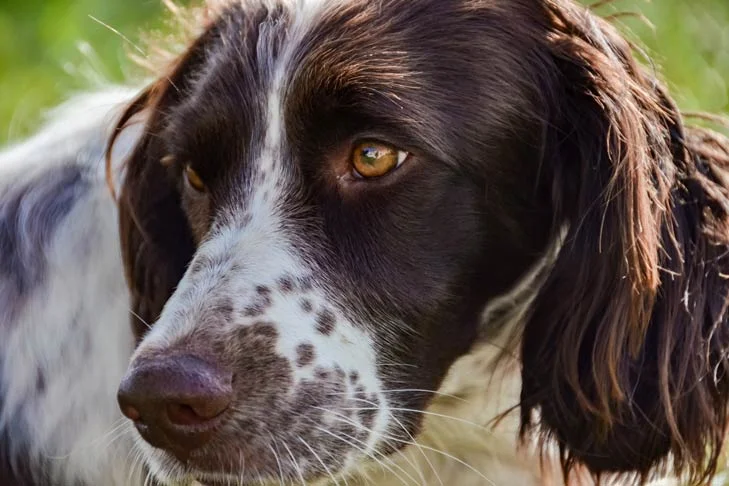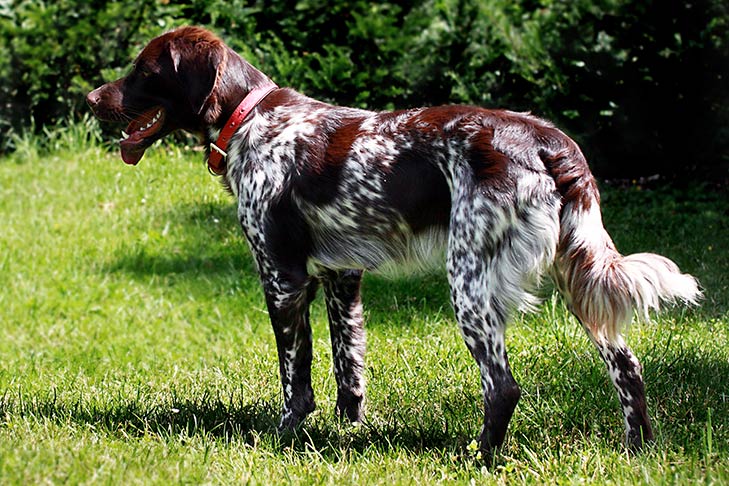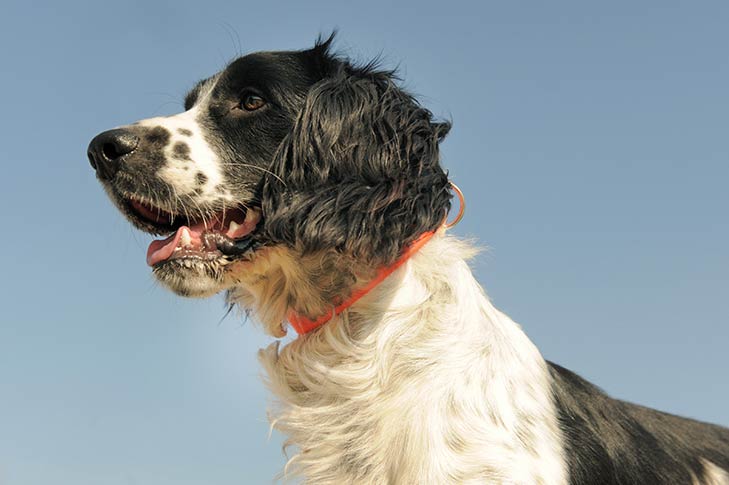The French Spaniel is composed, direct, kind, serene, and docile. He is an excellent companion in any situation and is a passionate hunter who gets along well with other dogs. He is a skilled retriever as well as a great pointer. In his native France, the French Spaniel is known as the Epagneul Franais. He is a muscular, elegant, and proportionate medium-sized dog. His well-balanced build offers the vigor and toughness necessary for his use. His natural excitement and readiness to put in a lot of effort come from his high level of intelligence. He is quite simple to instruct.






 Health
Health Grooming
Grooming Exercise
Exercise Training
Training Nutrition
Nutrition